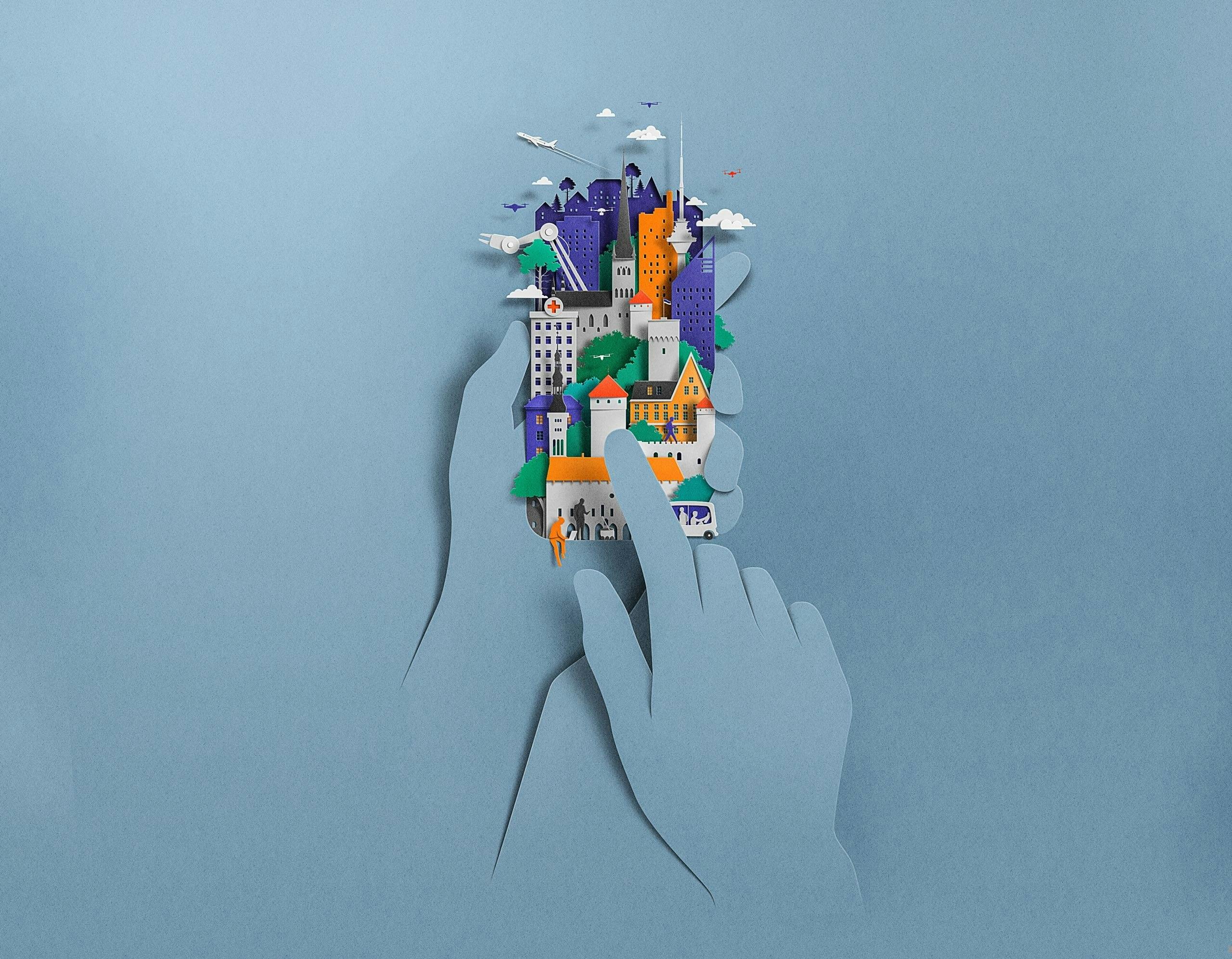Estonian folklore includes a creature known as the kratt: an assembly of random objects that the Devil will bring to life for you, in exchange for a drop of blood offered at the conjunction of five roads. The Devil gives the kratt a soul, making it the slave of its creator. “Each and every Estonian, even children, understands this character,” Kaevats said. His office now speaks of kratt instead of robots and algorithms, and has been using the word to define a new, important nuance in Estonian law. “Basically, a kratt is a robot with representative rights,” he explained. “The idea that an algorithm can buy and sell services on your behalf is a conceptual upgrade.” In the U.S., where we lack such a distinction, it’s a matter of dispute whether, for instance, Facebook is responsible for algorithmic sales to Russian forces of misinformation. #KrattLaw—Estonia’s digital shorthand for a new category of legal entity comprising A.I., algorithms, and robots—will make it possible to hold accountable whoever gave a drop of blood.↱

Estonia, the Digital Republic
Nathan Heller